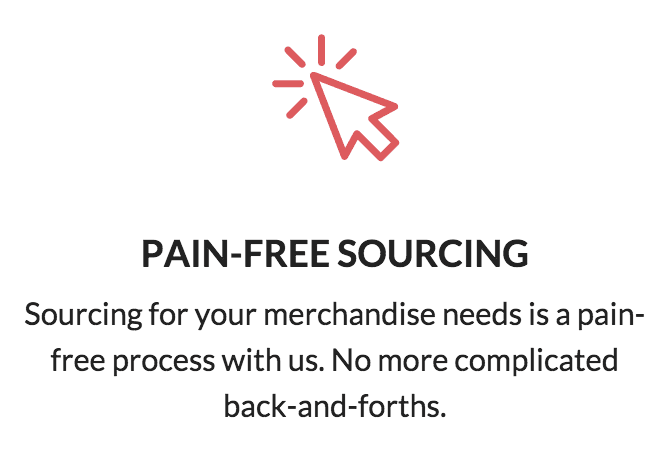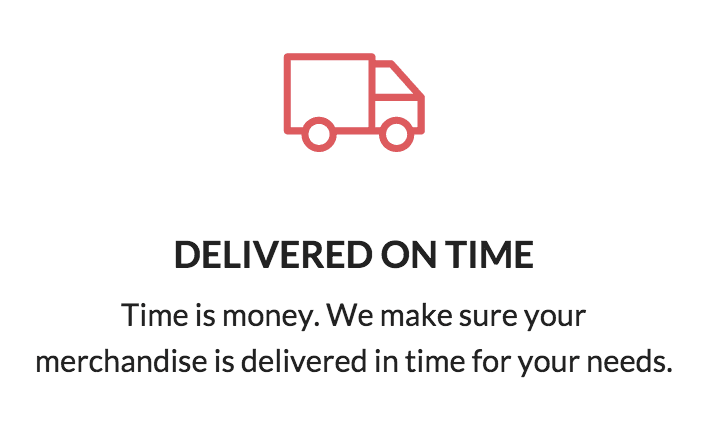3 Things To Get Done Before Printing A Shirt
Your design has been approved, the deadline is set, and you're ready to order your shirts! All you need now is a budget-friendly place to print your shirt - or so you think. You may have every plan for your event or company mapped out in your mind, but how prepared are you to start your shirt printing?
Here's a short checklist for you to run through so that it all goes smoothly!
1. DESIGN FORMAT
One of the most important details you need to settle is your design format, seeing that this is what allows your printing to take place. Knowing what format to send your design in will save you time and energy on confusing back and forth emails with your printer (learn more about different printing methods and why they require different digital file types).
The most versatile and appropriate format would be a design file in vector. A vector image (AI, SVG, EPS) is a graphic created using mathematical computerised pathways, allowing the image to be manipulated however necessary to get the printing done.
Vector images are preferred as opposed to raster images (PS, JPG, PNG, GIF, TIF), which are pixel-based and can only be printed using DTG, sublimation, and heat transfer methods (learn how to convert your art file into a vector image here). Of course, if those are your chosen printing methods, a raster image works fine, as long as its resolution is at least 300dpi (dots/pixels per inch).
2. TYPE OF SHIRT AND PRINT
The type of shirt and print you are getting is determined by the purpose of the shirt:
Are you thinking of getting a dri-fit T-shirt for team sports, or are you looking for a uniform with a touch of formality to it? Should it be a lightweight cotton T-shirt for an outdoor concert, or a thick, quality cotton shirt warm enough for a cold environment?
What message is it meant to send out? Who are its recipients? Are you looking for shirts with a youth range for a family event, or perhaps you're looking for one that come in a wide range of colours?
If the shirt is meant to be worn everyday, it should bear a lasting print. If it is a one-off event shirt, maybe striking graphics are more important than durability. Or maybe, that distressed tee look is exactly what you're going for.
These considerations are essential for you ensure that the shirts you choose and print will not only serve its intended purpose, but become a shirt that your recipients will enjoy wearing and keep for the pleasant memories that are associated with them.
3. SIZE COLLECTION
Collect all the sizes you need - size range is another factor in deciding which shirt to get and how design will look on the shirt - use our free template (link to article) for collating the sizes (includes size chart)
To ensure that the process of ordering your shirts run smoothly, do make sure that you have a list of all the sizes you need.
While this seems like an easy task if you're ordering shirts for say, 20, or even 50 different people, the collation of this data can become some kind of a logistics nightmare as the quantity increases, especially if you're ordering more than one type of shirt, and the fit of the shirts's sizes are different.
To help you out with this time-consuming task, we have put up free size collection forms that includes sizing charts for every single one of our shirts
For any enquiries, feel free to drop us an email at hello@mf.asia
MerchFoundry helps you source and fulfil print merchandise at unbeatable prices and speeds any where in the world.
We make brand merchandise simple and pain-free -- check us out today.


